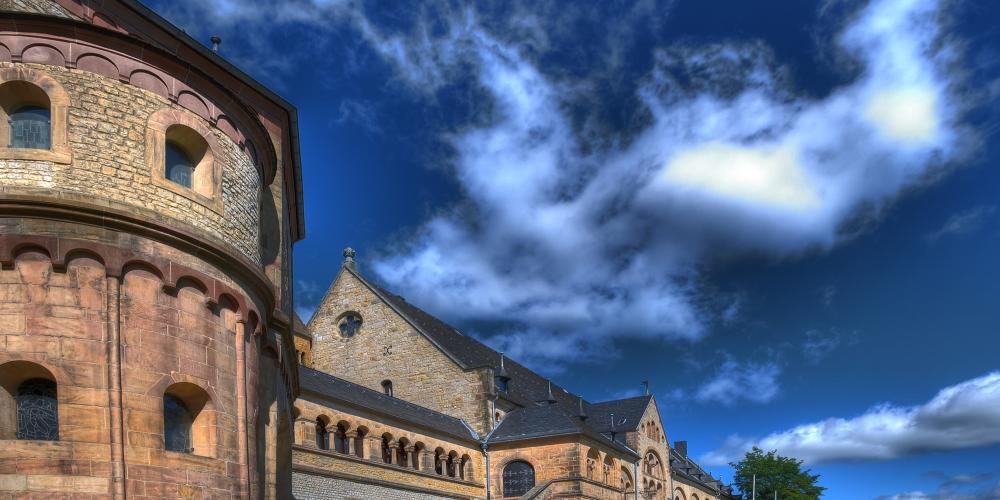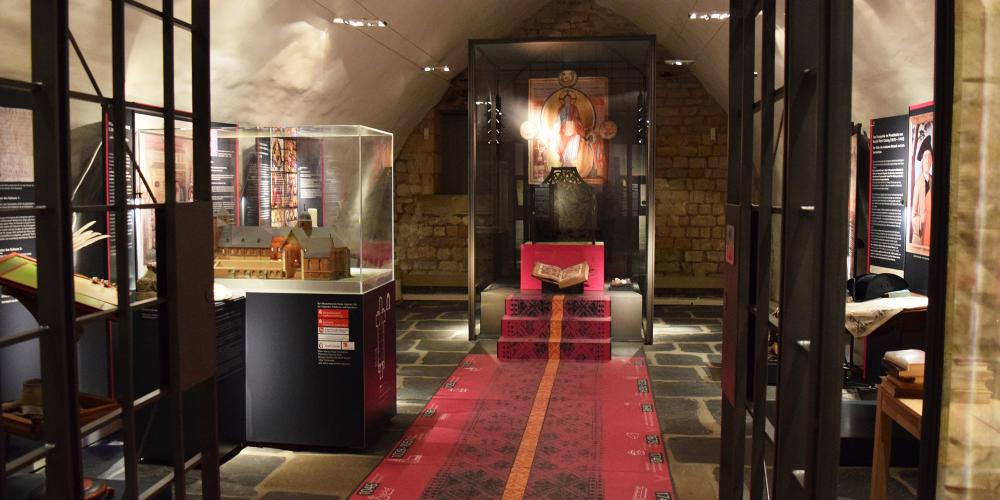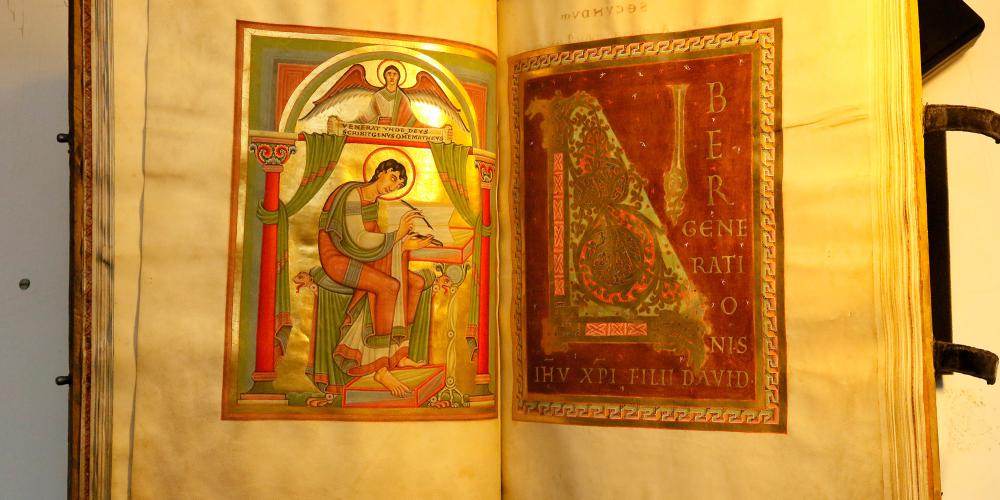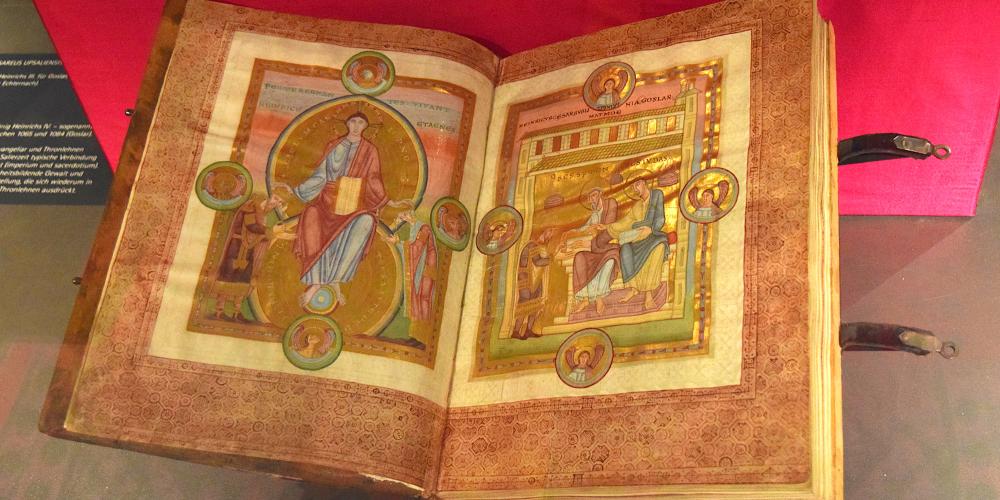The curious story of Henry III

Who was the famous Emperor Heinrich III?
Henry III. was born in 1016 and was part of the Franconian Familiy of the Counts in the Wormsgau, better known later as the Dynasty of the Salians. He was the son of the first King and Emperor of the Salians Konrad II. and followed his father in the government of the German Realm after his death in 1039. He reigned seventeen years as King and eleven years as Emperor over the Holy Roman Empire.
Chroniclers described him as a very strict and pious man, who saw himself as the Ruler sent by God. He was extremely successful in enforcing his power claims in the church and against the nobility and the papacy, so that his regency often is characerised as a climax in the history of the medieval Empire. The people perceived him as a patriarchal, merciless and withdrawn ruler. Because of his dark skin complexion and his dark beard, he was called "Niger" ("The Black") by his contemporaries. In the second half of his short life, he suffered for many years from an unknown illness, from which he finally died at the age of 39 in his Palatinate in Bodfeld (Middle Harz Mountains).
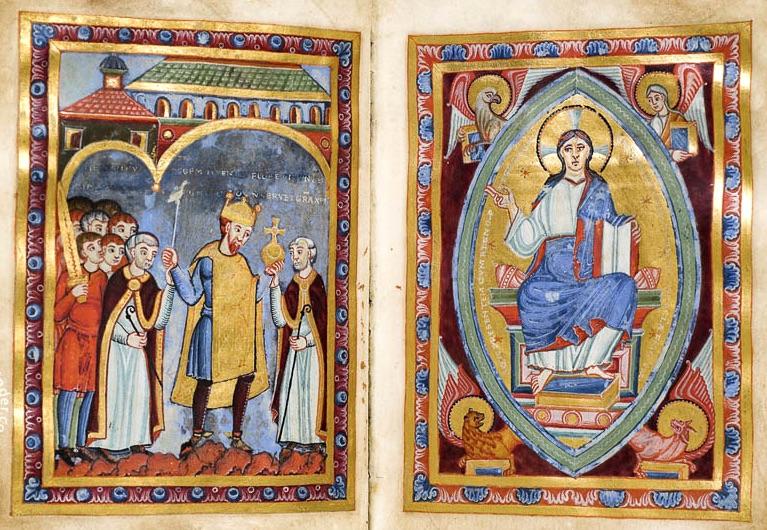
Why was he so important for Goslar?
Shortly after taking office in 1039, King Henry III. started to build a Palatinate in Goslar as a seat of government. At the same time he founded two large churches and promoted the urban development of Goslar. His "masterplan" for Goslar was to subordinate the saxon Nobility and Landscape from this place and take over the mines in the Harz Mountains to secure his domination. Because of the measures of Henry III, Goslar became one of the most important governmental centres of the ruling kings and emperors in the Middle Ages for two centuries - in the meantime even a veritable metropolis of the empire.
What is the story of Emporer Heinrich III and his heart?
According to a chronicle of the 12th century from Pöhlde (southern Harz) Heinrich III. - at the end of his days - decreed that his heart and his bowels should be buried in Goslar, in the collegiate church of St. Simon and Judas, which he had founded. After centuries of eventful history, the dilapidated church of St. Simon und Judas had to be deconstructed between 1819 and 1822. During the cleanup work around the broken church a strange relic was found, which was - with some reasons - considered to be the heart of Henry III. After several changes of ownership, the organic residue was transferred to a new octagonal capsule to be laid in a new grave monument in the Chapel St. Ulrich near the Aulia Regia. This happened in 1884 - after the renewal of the Palatinate.
**Why does YOUR heart beat for Goslar? **
I grew up in Wernigerode, about 30 kilometers east of Goslar. As a child I was deeply impressed and touched by Goslar. These early impressions and perceptions during visits at Goslar have contributed much to my deep desire to study Medieval History and settle in Goslar. After a few detours, this worked out wonderfully and I am very happy here in this place.
**Which is your favourite spot within the Imperial Palace (Palatinate)? **
It is the middle vault of the so-called winter hall - which is on the ground floor hall of the building. It is a vault with a lot of atmosphere and architectural remnants of the 12th century. It is the only room where you can really absorb the ambience of high medieval times. Moreover, this central vault is an excellent atmospheric venue for readings and gatherings.
**What would you say to emporor Heinrich III if you would meet him today? **
I would give him one piece of advice: "Pay more attention to your health, sir. With poor health your power will not last long and your secret enemies will live longer than you. This will create an empire full of crises and trouble for your offspring."
